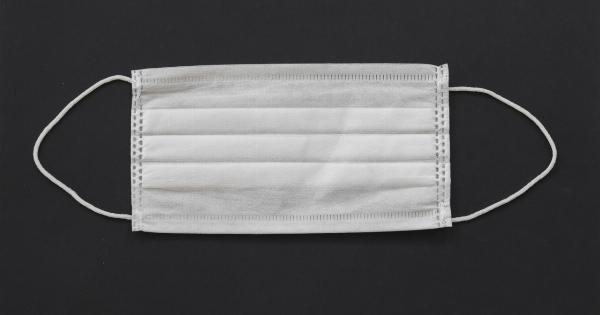Bronchiolitis is a respiratory infection that affects infants and young children. It typically presents with symptoms that can be similar to a common cold, such as cough, runny nose and fever.
However, it can progress to cause more severe symptoms such as wheezing and difficulty breathing. In this article, we will discuss the symptoms, causes, and treatments for bronchiolitis.
Symptoms of Bronchiolitis
The first symptoms of bronchiolitis are usually similar to those of a common cold. These symptoms typically include:.
- Runny or stuffy nose
- Low-grade fever (less than 101 degrees Fahrenheit)
- Cough
- Sneezing
As the illness progresses, the following symptoms may occur:.
- Wheezing
- Rapid or difficult breathing
- Retractions (pulling in of the chest wall with each breath)
- Bluish tint to the skin (called cyanosis)
- Poor feeding or decreased appetite
Causes of Bronchiolitis
Bronchiolitis is caused by a viral infection. The most common virus responsible for bronchiolitis is respiratory syncytial virus (RSV). This virus is highly contagious and spreads easily from person to person.
RSV typically affects infants and young children during the fall and winter months. Those who have never been exposed to RSV are at greatest risk of developing bronchiolitis. Children at increased risk for severe symptoms of bronchiolitis include:.
- Infants younger than 6 months old
- Children born prematurely
- Children with weakened immune systems
Treatments for Bronchiolitis
There is no specific treatment for bronchiolitis, but supportive care can help relieve symptoms. Treatment options may include:.
- Rest and plenty of fluids
- Fever-reducing medications, such as acetaminophen or ibuprofen
- Nebulized medications to help open airways, such as albuterol or hypertonic saline
- Supplemental oxygen therapy
- In severe cases, hospitalization may be necessary for intravenous fluids and medications, as well as respiratory support such as mechanical ventilation
It is important to note that antibiotics are not effective against viral infections such as bronchiolitis, so they are not typically prescribed unless there is a secondary bacterial infection present.
Prevention of Bronchiolitis
There is no vaccine available for RSV, but there are steps that can be taken to reduce the risk of infection. These steps include:.
- Wash hands frequently with soap and water
- Avoid touching your face, particularly your mouth and nose
- Avoid close contact with people who are sick
- Cover your mouth and nose when coughing or sneezing
- Keep surfaces clean and disinfected, particularly those that are frequently touched
- Limit exposure to others during peak RSV season, which is typically from November to April
Conclusion
Bronchiolitis is a common respiratory infection that can be very serious in infants and young children. It is caused by a viral infection, and while there is no specific treatment for bronchiolitis, supportive care can help relieve symptoms.
If your child is exhibiting symptoms of bronchiolitis, contact your healthcare provider for guidance on the best course of action.






























